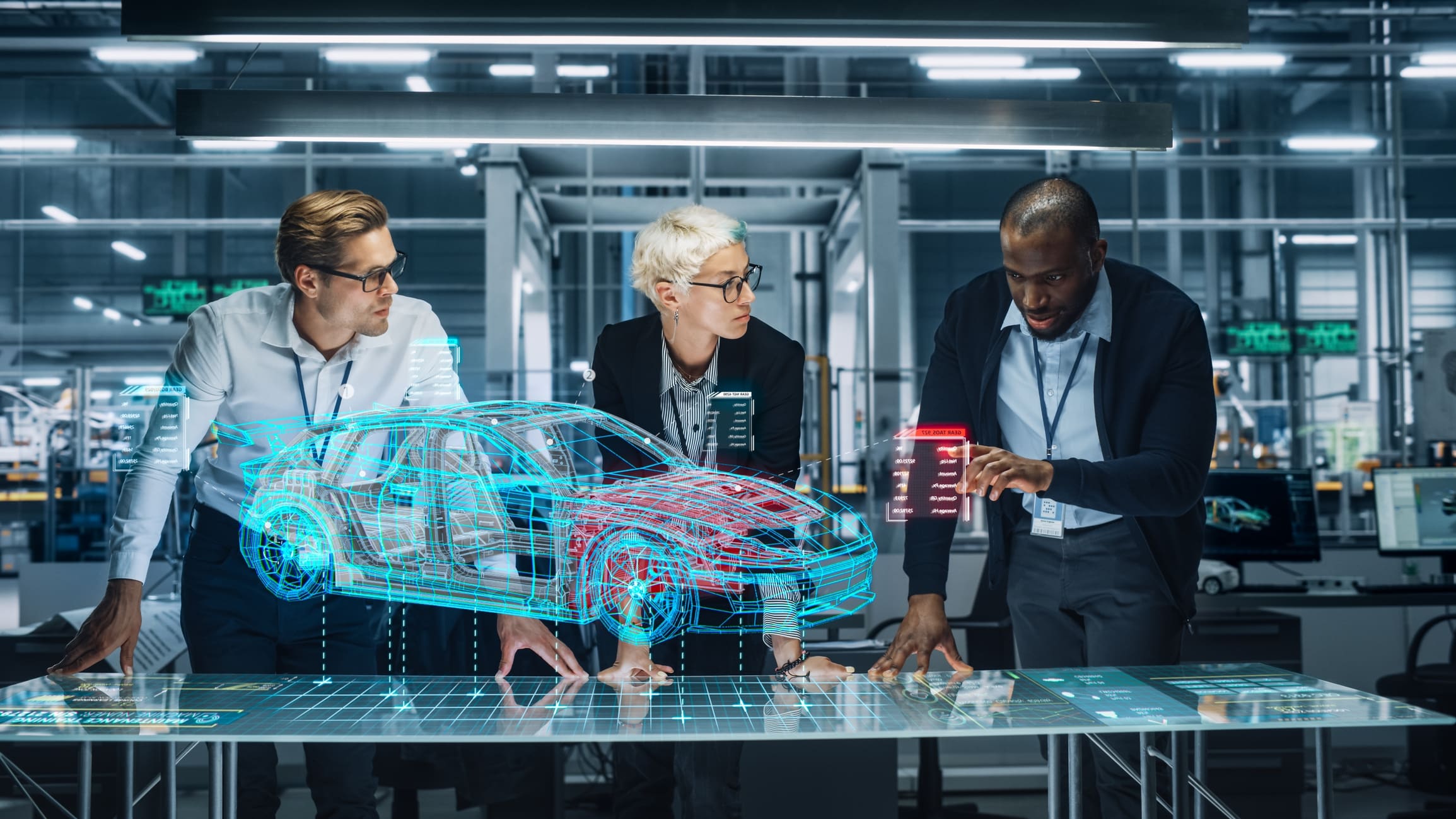Artificial Intelligence is no longer a theoretical concept in engineering—it’s a transformational force reshaping how products are designed, developed, and delivered.
From Complexity to Competitive Edge
As customer expectations evolve and regulatory demands intensify, engineering teams face greater complexity than ever. Businesses are shifting from standalone offerings to integrated solutions that span multiple technologies and disciplines.
To remain competitive and sustainable, engineering and development teams must embrace AI as a catalyst for innovation and operational excellence. According to recent industry research, AI integration could boost productivity by 60% and drive up to 25% growth by 2030.
The Challenge of Real-World Implementation
Despite AI’s promise, many organizations struggle to deploy it effectively. Research involving top European engineering institutions reveals that the challenge lies in the overwhelming volume of available tools—over 900 use cases across 3,500 solution providers.
AI can be applied at every phase of the engineering lifecycle, from early-stage intelligence gathering to commercialization. Yet, without a clear strategy, companies risk investing in fragmented solutions that fail to deliver meaningful value.
Strategizing AI in Development Workflows
To implement AI successfully, organizations must align it with how engineers and developers create value. This involves two critical dimensions:
- Knowledge Expansion – Deepening technical expertise within a specialized domain
- Knowledge Integration – Bridging insights across disciplines to foster innovation
AI supports both by enhancing collaboration, boosting analytical capabilities, and facilitating better decision-making. It also strengthens project management, simulation, modeling, and problem-solving efforts across departments.
With so many options, organizations should identify user-specific needs and align them with broader business goals. The outcome? A balanced, strategic portfolio of AI applications tailored to their operations.
Building the Networked Lab of the Future
Technology alone isn’t enough. To achieve long-term success, companies must address cultural and capability-related barriers that limit AI adoption. That’s where the concept of the Networked Lab of the Future comes in—a four-step roadmap to AI-driven transformation:
- Democratization: Empower teams to innovate using AI-enhanced tools and workflows.
- Ambidexterity: Remove organizational silos and governance barriers to foster breakthrough thinking.
- Data Collaboration: Strengthen knowledge ecosystems by making data accessible and actionable.
- Enablement: Upgrade infrastructure, especially tech stacks, to fully support AI tools and initiatives.
By integrating AI with people-focused strategies, engineering functions can unlock unprecedented levels of creativity, efficiency, and impact.
Looking Ahead: AI as a Strategic Growth Lever
AI is not just a tool—it’s a transformation enabler. But its true value emerges only when paired with human-centric approaches that foster trust, agility, and collaboration. As more businesses adopt this mindset, the future of engineering will be smarter, faster, and more adaptive.
For organizations driving innovation at the intersection of AI and infrastructure, this approach aligns perfectly with broader industry movements. For instance, major players like Nvidia are also scaling their AI capabilities to support complex development pipelines. Nvidia’s Blackwell Ultra platform is a prime example of how advanced AI infrastructures are being designed to accelerate reasoning and autonomy at scale.
The transformation is already underway. Those who act now will shape the future of innovation.







